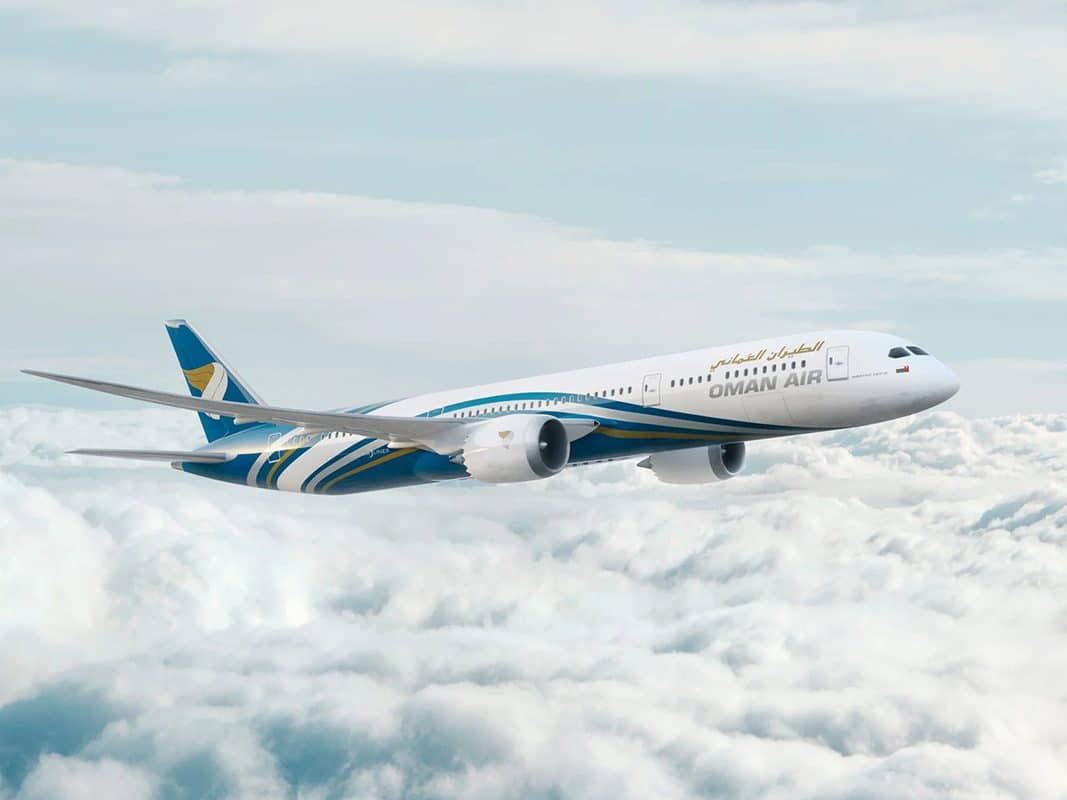Alaska Airlines Begins Retirement of Boeing 737-900 Fleet
Alaska Airlines has embarked on a significant fleet modernization initiative, marking the beginning of the phased retirement of its Boeing 737-900 jets. This strategic move is aimed at enhancing operational efficiency, reducing environmental impact, and improving overall passenger experience. As the airline industry continues to evolve, Alaska Airlines is positioning itself to meet the demands of modern air travel with a more advanced and eco-friendly fleet.
Alaska Airlines Phases Out Boeing 737-900 Jets

Alaska Airlines has announced the gradual retirement of its Boeing 737-900 aircraft, a decision that reflects the airline’s commitment to maintaining a competitive edge in the fast-paced aviation sector. The Boeing 737-900, a mainstay of Alaska Airlines’ fleet for many years, has served as a reliable workhorse, facilitating numerous domestic and international routes. However, with advancements in aviation technology and the increasing focus on sustainability, the need for more efficient aircraft has become apparent.
The phase-out process involves a systematic reduction of the 737-900 jets from active service, with Alaska Airlines planning to retire several units each year. This process is set to be executed over a period of several years, ensuring a smooth transition for the airline and minimal disruption to its flight operations. By gradually retiring these aging aircraft, Alaska Airlines aims to maintain its schedule integrity while simultaneously introducing newer models that promise enhanced fuel efficiency and passenger comfort.
Alaska Airlines’ decision is also reflective of broader industry trends, as many airlines are opting to replace older aircraft with newer models that offer better performance and reduced carbon emissions. The Boeing 737-900 fleet, while having been an integral part of the airline’s operations, is now being overshadowed by more advanced aircraft that align with the industry’s shift towards sustainability and innovation. This move not only represents a technological upgrade but also underscores Alaska Airlines’ dedication to responsible environmental stewardship.
Transition Aims to Modernize Airline’s Fleet

As part of its fleet modernization strategy, Alaska Airlines is investing in the acquisition of new aircraft models that promise to enhance its competitive standing. The transition from the Boeing 737-900 comes with the introduction of newer, more efficient aircraft such as the Boeing 737 MAX series. These aircraft are renowned for their fuel efficiency, advanced aerodynamics, and state-of-the-art engines, which contribute to lower operational costs and a reduced carbon footprint.
The decision to modernize the fleet is driven by Alaska Airlines’ strategic goal to deliver superior passenger experiences. Newer aircraft are typically equipped with the latest amenities, including improved seating arrangements, enhanced in-flight entertainment systems, and modernized cabin interiors. By upgrading its fleet, Alaska Airlines aims to offer passengers a more comfortable and enjoyable journey, thereby strengthening its brand reputation and customer loyalty.
Moreover, the shift to a more modern fleet aligns with Alaska Airlines’ broader commitment to sustainability. The airline has set ambitious targets to reduce its carbon emissions, and the retirement of older aircraft models plays a crucial role in achieving these objectives. By investing in more fuel-efficient planes, Alaska Airlines is not only reducing its environmental impact but also positioning itself as a forward-thinking leader in the aviation industry, committed to a more sustainable future.
The retirement of the Boeing 737-900 fleet marks a pivotal moment for Alaska Airlines as it continues to evolve in response to technological advancements and environmental considerations. This strategic initiative is expected to yield long-term benefits, from enhanced passenger experiences to significant reductions in carbon emissions. As Alaska Airlines advances on its path of fleet modernization, it sets a benchmark for others in the industry, demonstrating a proactive approach to meeting the challenges and opportunities of contemporary air travel.



